25.07.2023.
President Vučić attends firing demonstration at Pasuljanske Livade range
Today, the President of the Republic and Supreme Commander of the Serbian Armed Forces, Aleksandar Vučić, along with Deputy Prime Minister and Minister of Defence Miloš Vučević and the Chief of the Serbian Armed Forces General Staff, General Milan Mojsilović, attended a firing demonstration conducted as part of the final phase of training for members of the Serbian Armed Forces with the newly introduced weapons and military equipment, at the military complex Pasuljanske Livade.
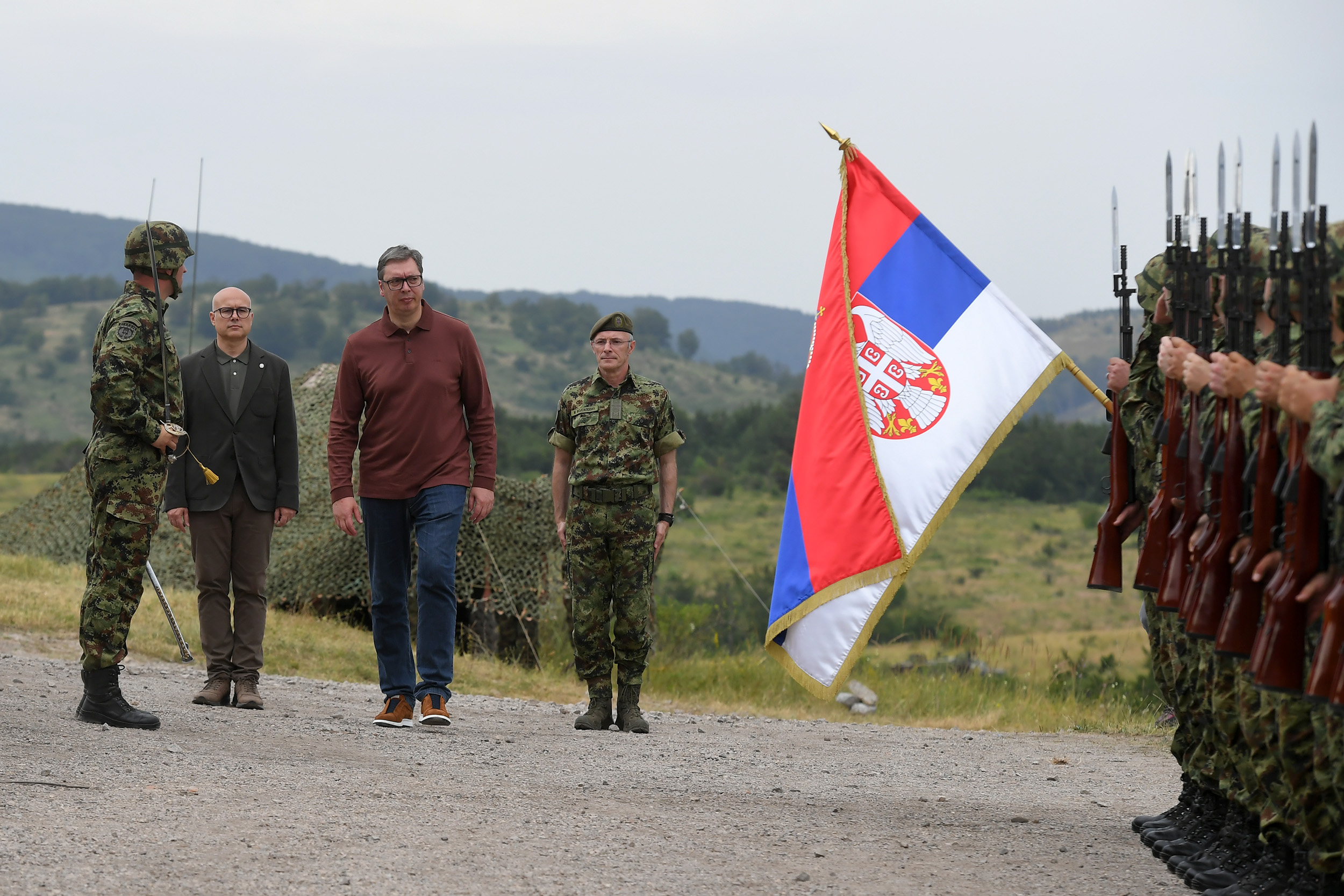 The firing demonstration was also attended by the President of Republika Srpska, Milorad Dodik, and members of the Defence Minister’s and CHOD’s collegia.
The firing demonstration was also attended by the President of Republika Srpska, Milorad Dodik, and members of the Defence Minister’s and CHOD’s collegia. President Vučić expressed his satisfaction with the firing demonstration conducted today and rated it as "very good". According to him, 743 members of the Serbian Armed Forces have participated in the event, using new and modernized systems, and the primary goal was to practice establishing better coordination and direct connection between drones and our firing positions.
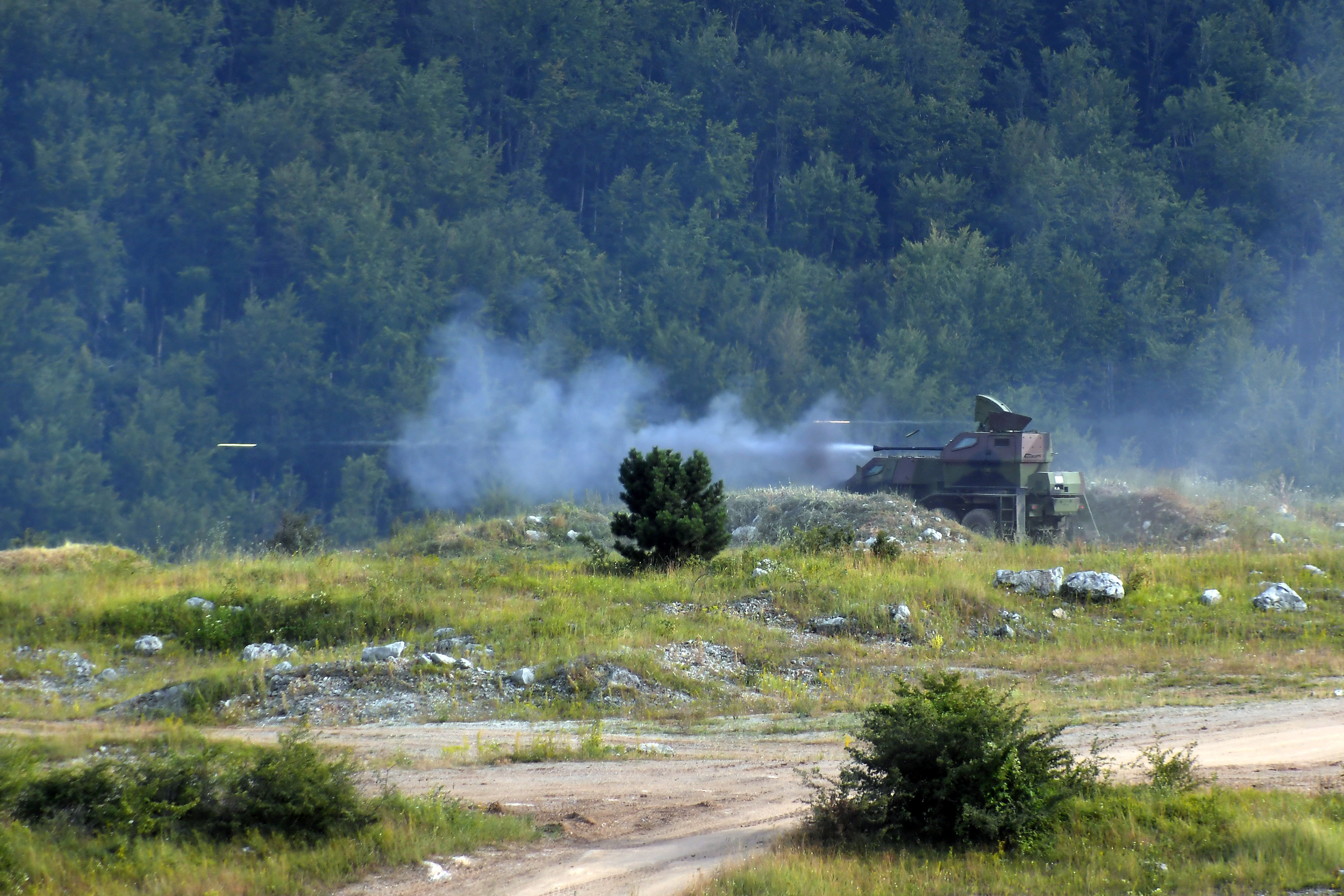 - You've seen 82 mm mortars respond to signals emitted by the drones in the air and fire shells three times faster than they would have, had they been looking at the map. This helps our units on the ground react faster, fire missiles faster, hit targets better, more precisely and accurately. We should bear in mind that a large number of our personnel haven’t had any contact with the new and modernized weapons systems, and today we could see that the Serbian Armed Forces have been greatly reinforced, primary by drones, especially the Chinese CH-95. They hit a target at 7.5 km with incredible precision - said President Vučić adding that further investment will be made in unmanned aerial vehicles in the coming period, and that the delivery of the first consignment of ‘kamikaze’ drones is expected.
- You've seen 82 mm mortars respond to signals emitted by the drones in the air and fire shells three times faster than they would have, had they been looking at the map. This helps our units on the ground react faster, fire missiles faster, hit targets better, more precisely and accurately. We should bear in mind that a large number of our personnel haven’t had any contact with the new and modernized weapons systems, and today we could see that the Serbian Armed Forces have been greatly reinforced, primary by drones, especially the Chinese CH-95. They hit a target at 7.5 km with incredible precision - said President Vučić adding that further investment will be made in unmanned aerial vehicles in the coming period, and that the delivery of the first consignment of ‘kamikaze’ drones is expected.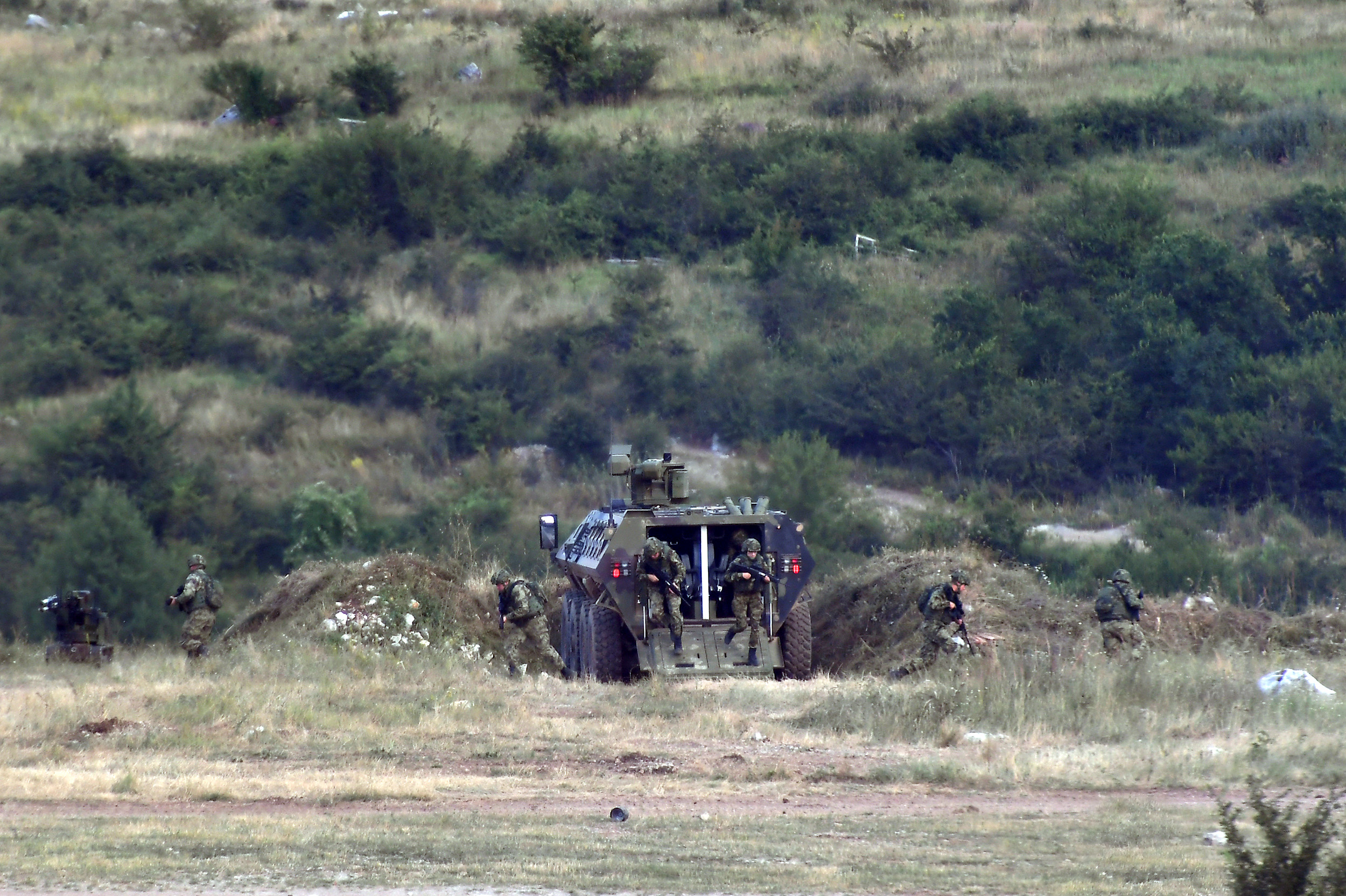 According to the President, we will keep on investing in the domestic production of drones through the Military Technical Institute, both reconnaissance drones and the ones armed with missiles and heavy bombs. President Vučić also pointed out the importance of the fact that the new Lazar-3 and Lazar-3M vehicles with turrets and a 30mm gun had taken part in the firing demonstration.
According to the President, we will keep on investing in the domestic production of drones through the Military Technical Institute, both reconnaissance drones and the ones armed with missiles and heavy bombs. President Vučić also pointed out the importance of the fact that the new Lazar-3 and Lazar-3M vehicles with turrets and a 30mm gun had taken part in the firing demonstration.- They have shown great accuracy, and the modernized tanks were absolutely infallible. You could also see our new modular rifle that fires 6.5mm rounds and we think that it is the best calibre, better than the 5.65mm NATO and the 7.62mm Soviet cartridge - said the President of Serbia.
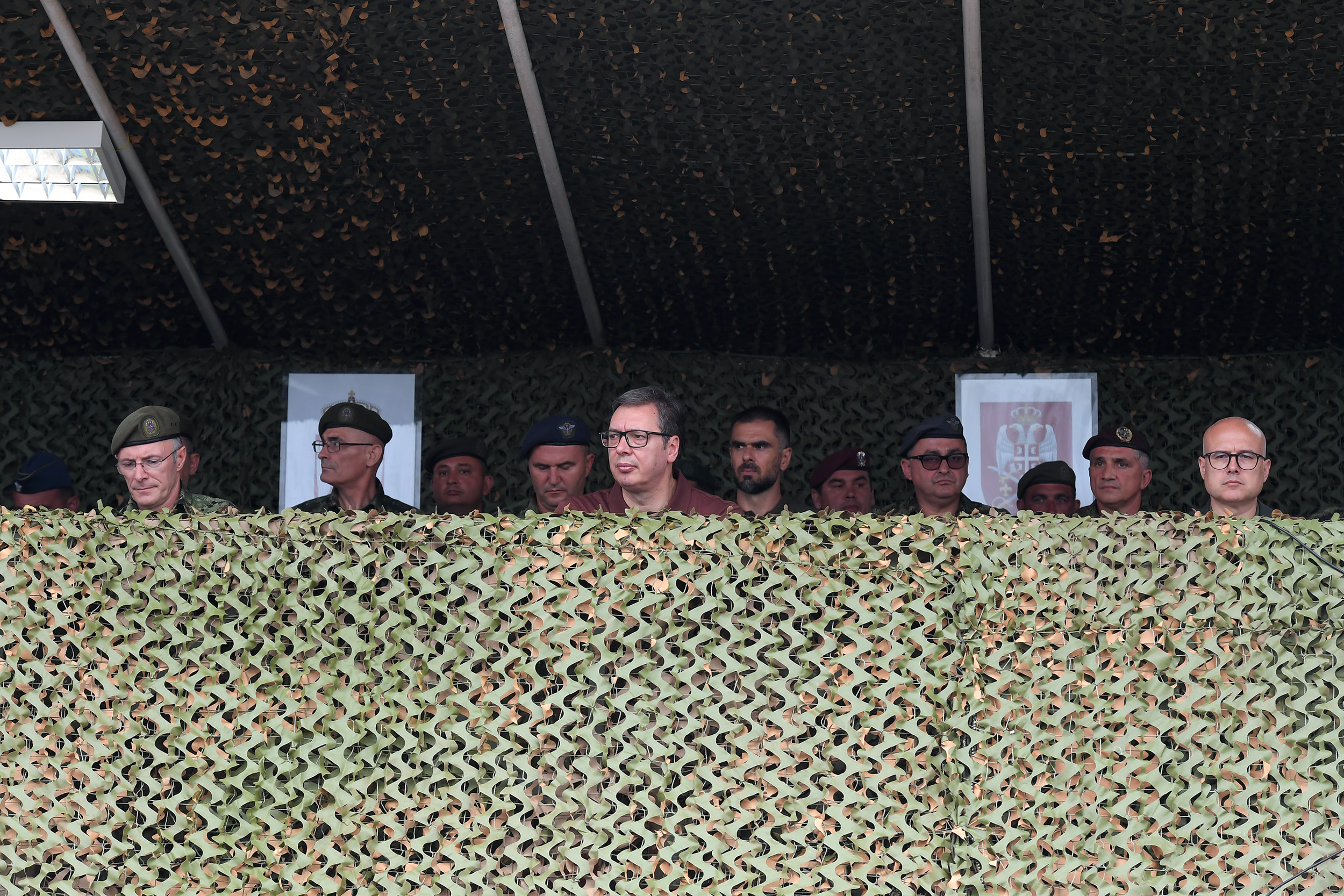 Speaking about the new and modernized weapons and military equipment, President Vučić said that the firing conducted today was excellent. According to him, the use of missile artillery is extremely important nowadays.
Speaking about the new and modernized weapons and military equipment, President Vučić said that the firing conducted today was excellent. According to him, the use of missile artillery is extremely important nowadays.- The Serbian Armed Forces General Staff closely follows the events in Ukraine every day. We learn from their experience, and it is precisely there that we can see the tremendous importance of the use of missile artillery. That is why we are investing in the modular Oganj and Grad systems, in all the systems that can further enhance our defence capabilities. Tonight, a special firing will be conducted with the ALAS missile system using the modular Oganj. These are important things for us, but it is also important that the soldiers are trained to use the modern equipment. We need to prepare and deter anyone who might try to attack our country. Our investment in the military is huge and there is no other way we can survive in this dangerous geopolitical area, except by being strong, even stronger than we are today - said the President of the Republic.
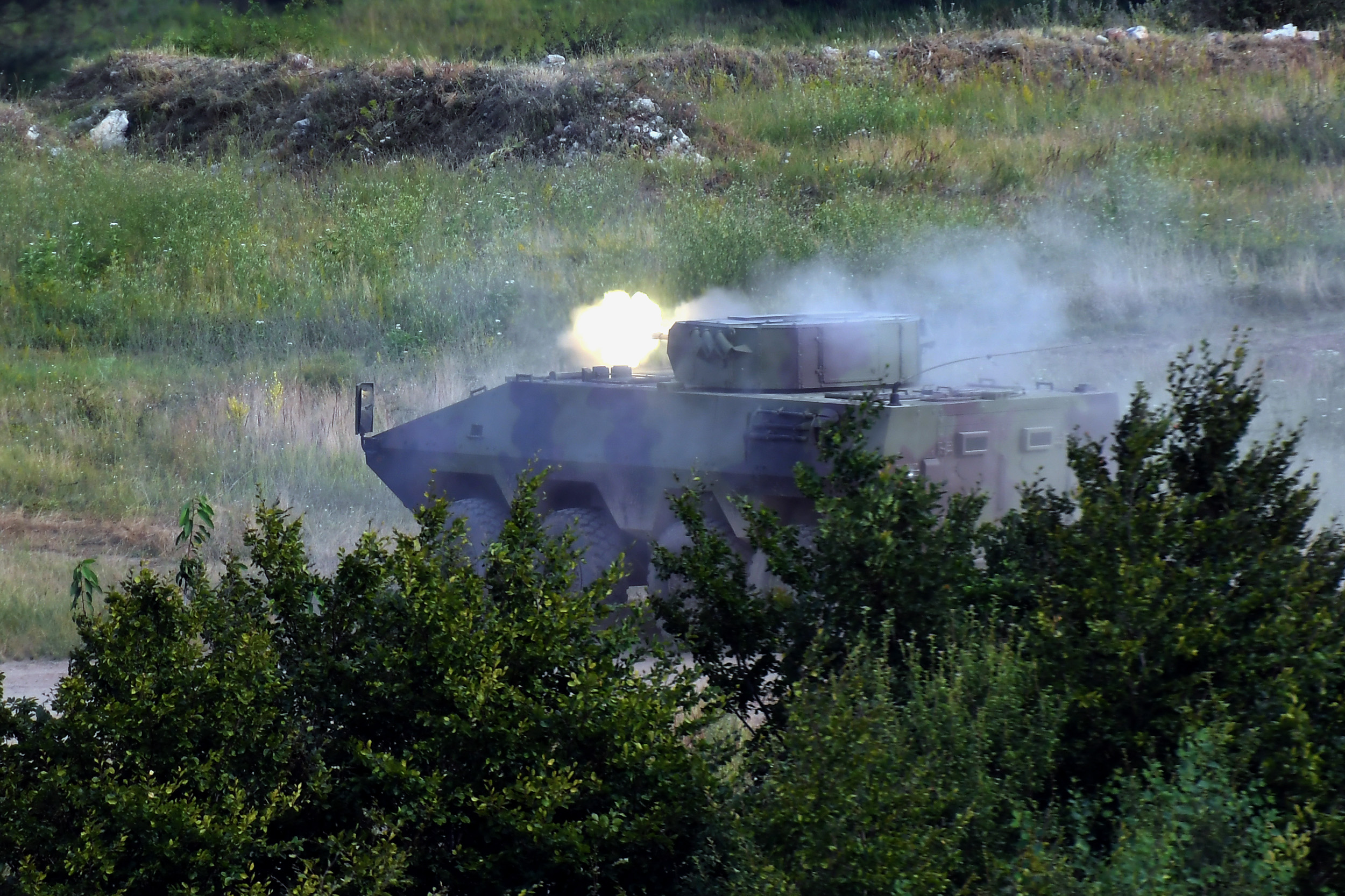 At the beginning of today's activities, the Vrabac UAV and the CH-95 remotely piloted aircraft carried out aerial reconnaissance of the target area, and then proceeded to engage the targets.
At the beginning of today's activities, the Vrabac UAV and the CH-95 remotely piloted aircraft carried out aerial reconnaissance of the target area, and then proceeded to engage the targets.Following this, two modernized Orao (Eagle) aircraft fired Munja missiles, which have regenerated the Air Force's ability to engage armoured and pinpoint targets. The modernized Orao is fitted with a new optronics system, a nav/attack system and a guided and unguided missile control system.
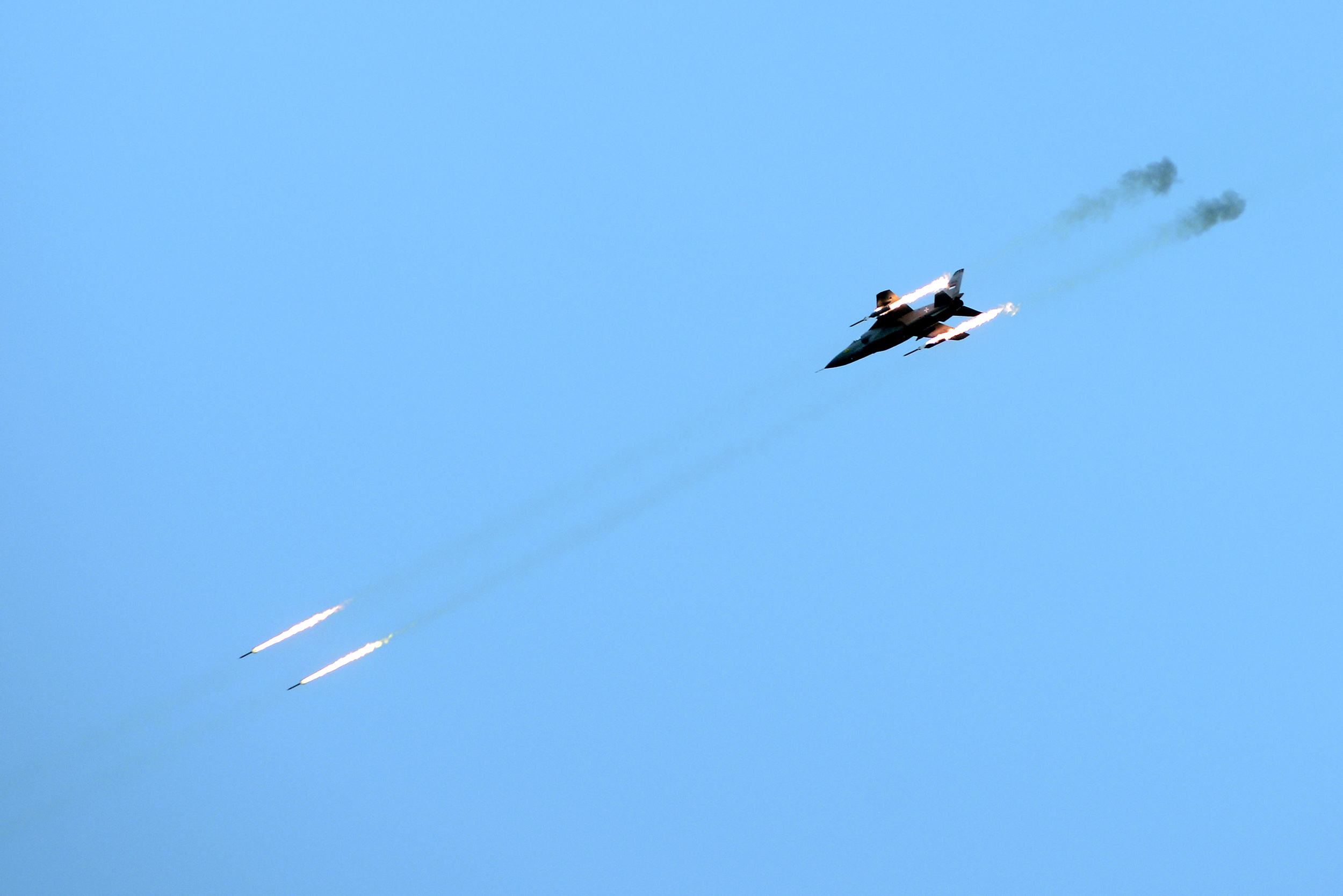 During the next segment, members of reconnaissance companies, which will be transformed under Project 5,000, carried out reconnaissance and occupation of positions. During the training, they learned how to use modern reconnaissance equipment that they will be provided with as part of the aforementioned project. Special attention was paid to the use thereof for the control of artillery, mortar and sniper fire.
During the next segment, members of reconnaissance companies, which will be transformed under Project 5,000, carried out reconnaissance and occupation of positions. During the training, they learned how to use modern reconnaissance equipment that they will be provided with as part of the aforementioned project. Special attention was paid to the use thereof for the control of artillery, mortar and sniper fire.For the purpose of observation, data collection, calculation of firing data, and adjustment of fire, two-man sniper teams mounted on the multi-sensor reconnaissance platform MIP-1 and operators of IVD-23 class drones fitted with a thermal imaging camera and a laser rangefinder are deployed. They carry out observation and provide firing data to 120mm mortars and 122mm 2S1 Gvozdika self-propelled howitzers.
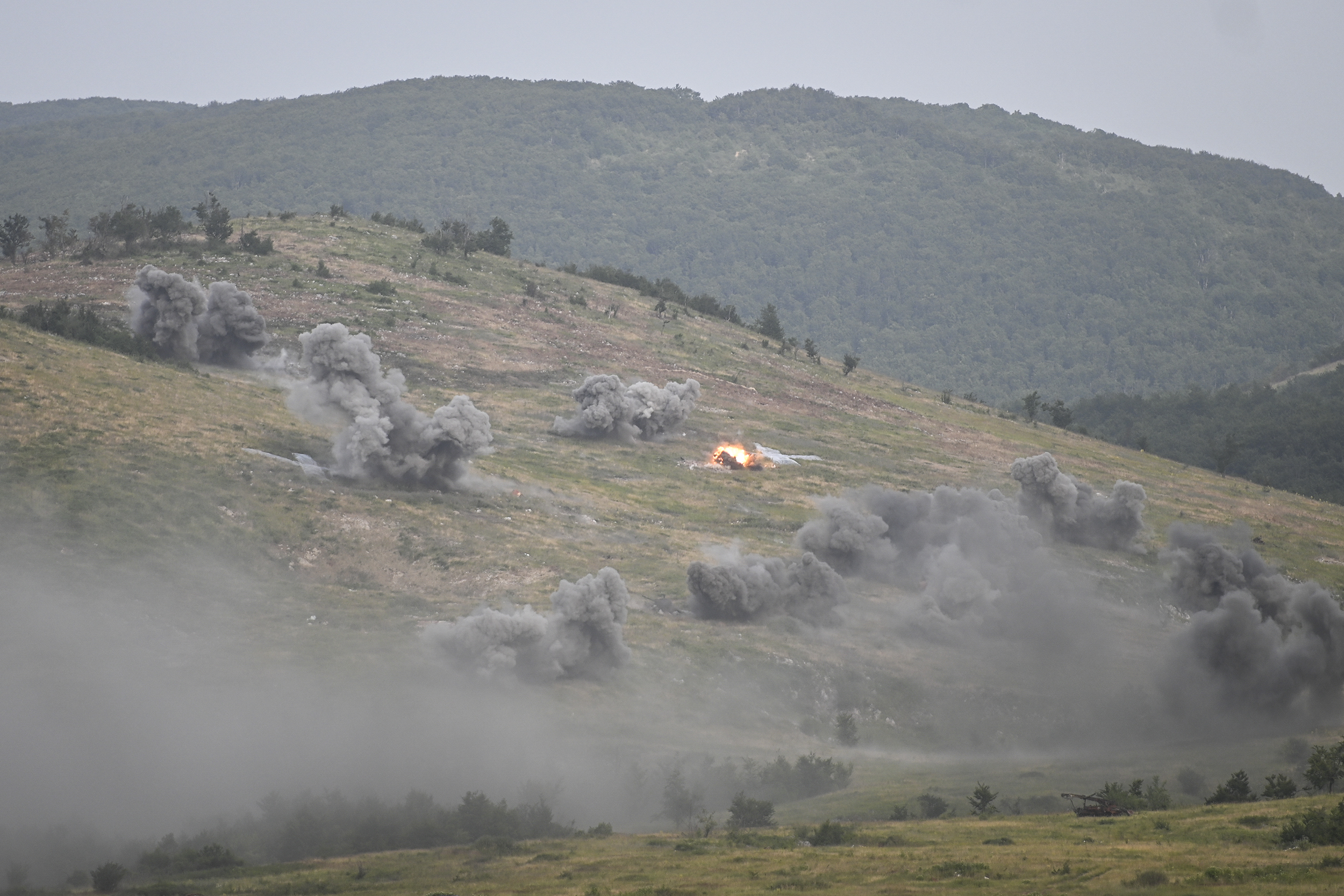 Concurrently, the remotely controlled unmanned platform Miloš V-1 observes the target area. The crews of command and reconnaissance armoured fighting vehicles are also involved in the observation, reception and processing of data.
Concurrently, the remotely controlled unmanned platform Miloš V-1 observes the target area. The crews of command and reconnaissance armoured fighting vehicles are also involved in the observation, reception and processing of data.By equipping reconnaissance units, the number of targets that can be detected during the day and night at much greater distances has been increased manifold and their coordinates can be digitally delivered to fire support systems, which makes fire support much faster and more efficient.
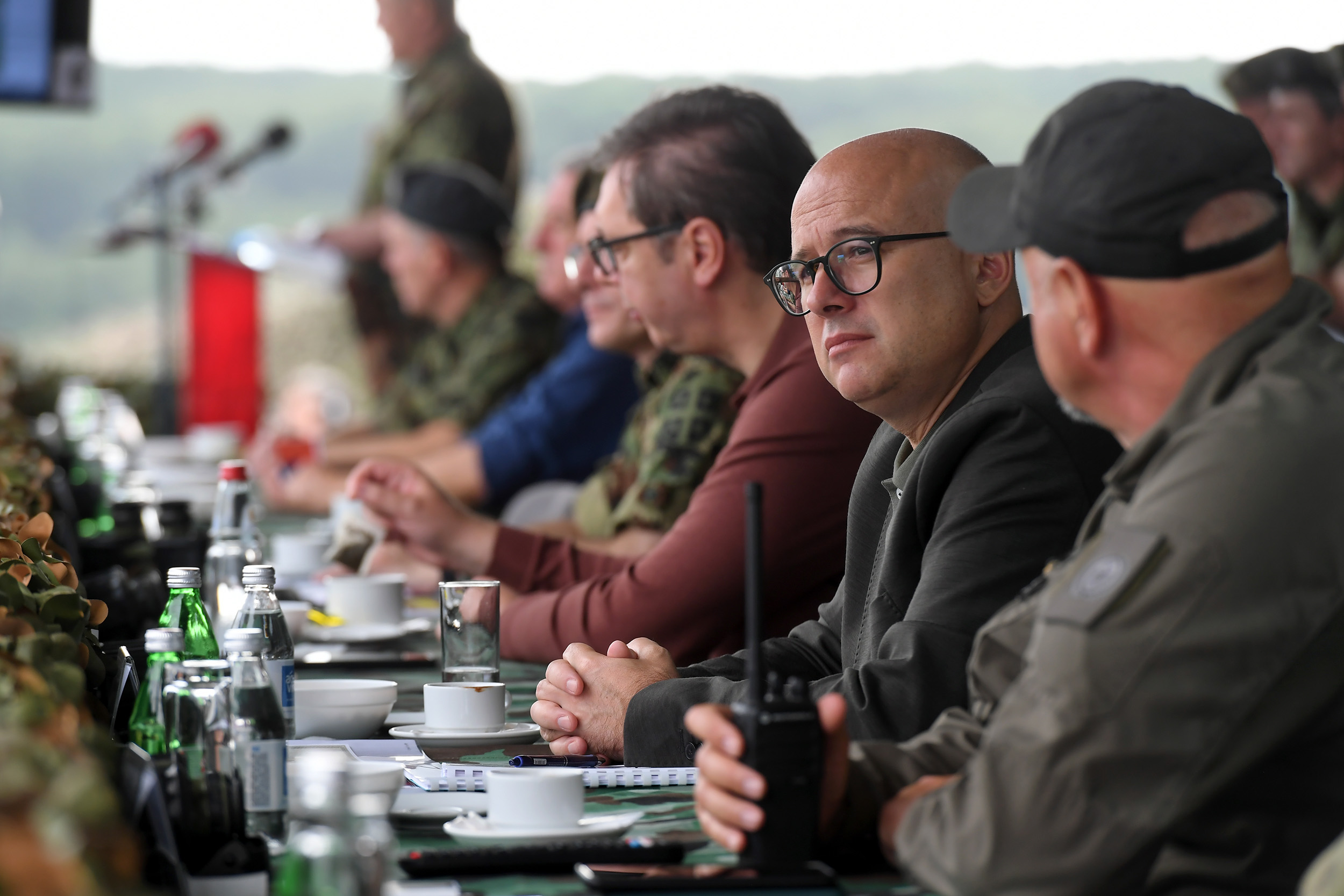 The next stage included firing from reconnaissance vehicles and by platoons in support of infantry companies. Firing using Hummers, one equipped with a long-range, and the other with a short-range anti-armour system, was demonstrated today for the first time after the integration has been completed, which has significantly improved their mobility, level of protection and reduced response time. Following the firing conducted from Miloš V-1, sniper teams also fired.
The next stage included firing from reconnaissance vehicles and by platoons in support of infantry companies. Firing using Hummers, one equipped with a long-range, and the other with a short-range anti-armour system, was demonstrated today for the first time after the integration has been completed, which has significantly improved their mobility, level of protection and reduced response time. Following the firing conducted from Miloš V-1, sniper teams also fired.Next, the IVD-23 class drone continues collecting the data about the targets and sends firing data to the 120mm mortar firing position, which engages the target.
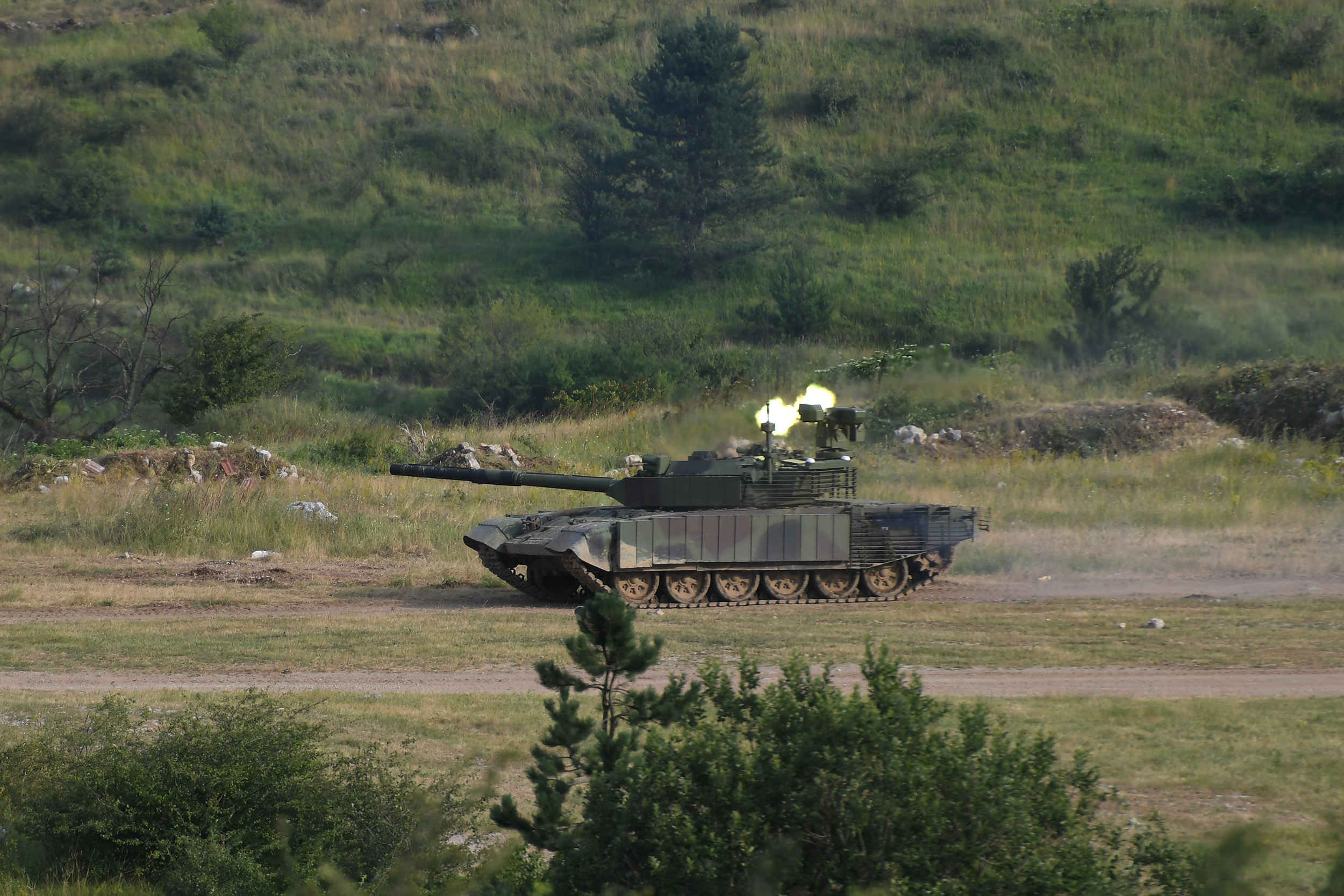 The infantry support platoon is equipped with 6x6 MRAP M20 armoured vehicles which enables it to follow and provide support to the modern infantry on armoured personnel carrier during combat. Vehicles carrying mortar squads armed with 82mm weapons, a 30 mm grenade launcher squad, an anti-tank squad armed with the Fagot missile system and a long-range rifle squad take firing positions, followed by the Zastava NTV all-terrain vehicle carrying the platoon commander and an observer equipped with remotely controlled thermal imaging binoculars controlling the fire of 82mm mortars. The long-range rifle squad commander sets up a fire control system consisting of a meteo sensor, a ballistic computer, a laser rangefinder, and a spotter.
The infantry support platoon is equipped with 6x6 MRAP M20 armoured vehicles which enables it to follow and provide support to the modern infantry on armoured personnel carrier during combat. Vehicles carrying mortar squads armed with 82mm weapons, a 30 mm grenade launcher squad, an anti-tank squad armed with the Fagot missile system and a long-range rifle squad take firing positions, followed by the Zastava NTV all-terrain vehicle carrying the platoon commander and an observer equipped with remotely controlled thermal imaging binoculars controlling the fire of 82mm mortars. The long-range rifle squad commander sets up a fire control system consisting of a meteo sensor, a ballistic computer, a laser rangefinder, and a spotter.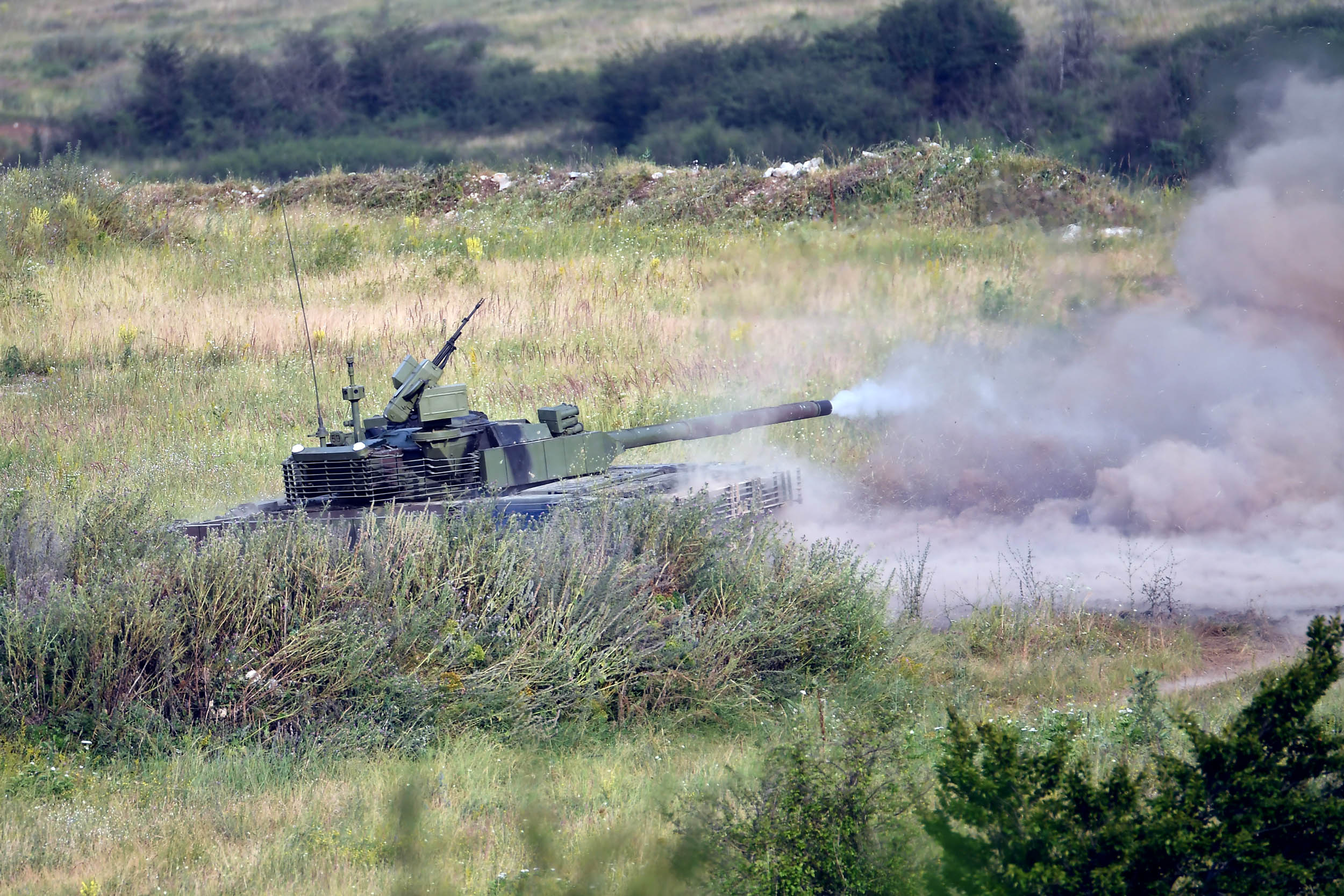 Once the firing positions have been taken and preparation for firing completed the engagement of targets starts.
Once the firing positions have been taken and preparation for firing completed the engagement of targets starts.Next, the M-84 AS1 and AS2 tanks take firing positions and fire fougasse projectiles from 125mm guns, from the rest positions at the halt and on the move, engaging targets at a distance of 1,700m. The tank crew fires with 12.7mm DUBS at transient targets. Following this, 125mm guns engage a moving target with practice cumulative tracer shells. The modernization process has significantly increased the effectiveness of tanks, especially at night, and increased the level of armoured protection provided to the crew, as well as their situational awareness.
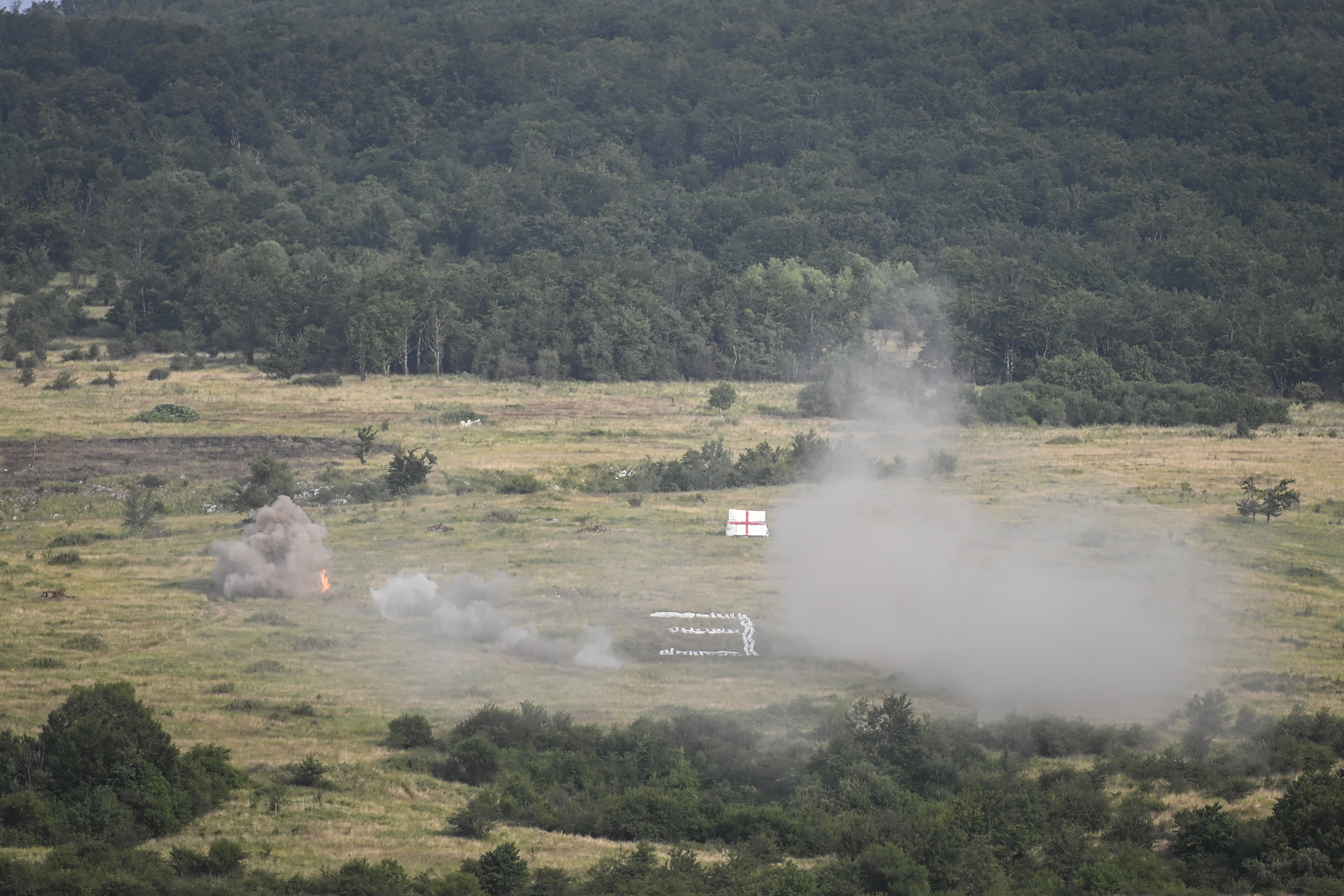 The modernization of the towed 40mm Bofors anti-aircraft gun has resulted in a modern PASARS mobile artillery-missile combat system that offers a high level of ballistic protection to the crew and substantially reduced preparation time for engagement. The next step was firing at ground targets with PASARS anti-aircraft self-propelled artillery missile systems.
The modernization of the towed 40mm Bofors anti-aircraft gun has resulted in a modern PASARS mobile artillery-missile combat system that offers a high level of ballistic protection to the crew and substantially reduced preparation time for engagement. The next step was firing at ground targets with PASARS anti-aircraft self-propelled artillery missile systems.During the next stage, a platoon of modernized 122mm Gvozdika self-propelled howitzers and a platoon of 128mm digitized Oganj self-propelled multiple rocket launchers conduct a firing. The target coordinates and other firing data are calculated using an IVD-23 class drone, which delivers the data to the armoured command vehicle. The calculation of initial firing data, adjustment and transfer of fire, as well as fire for effect are fully automated via a modernized armoured command vehicle.
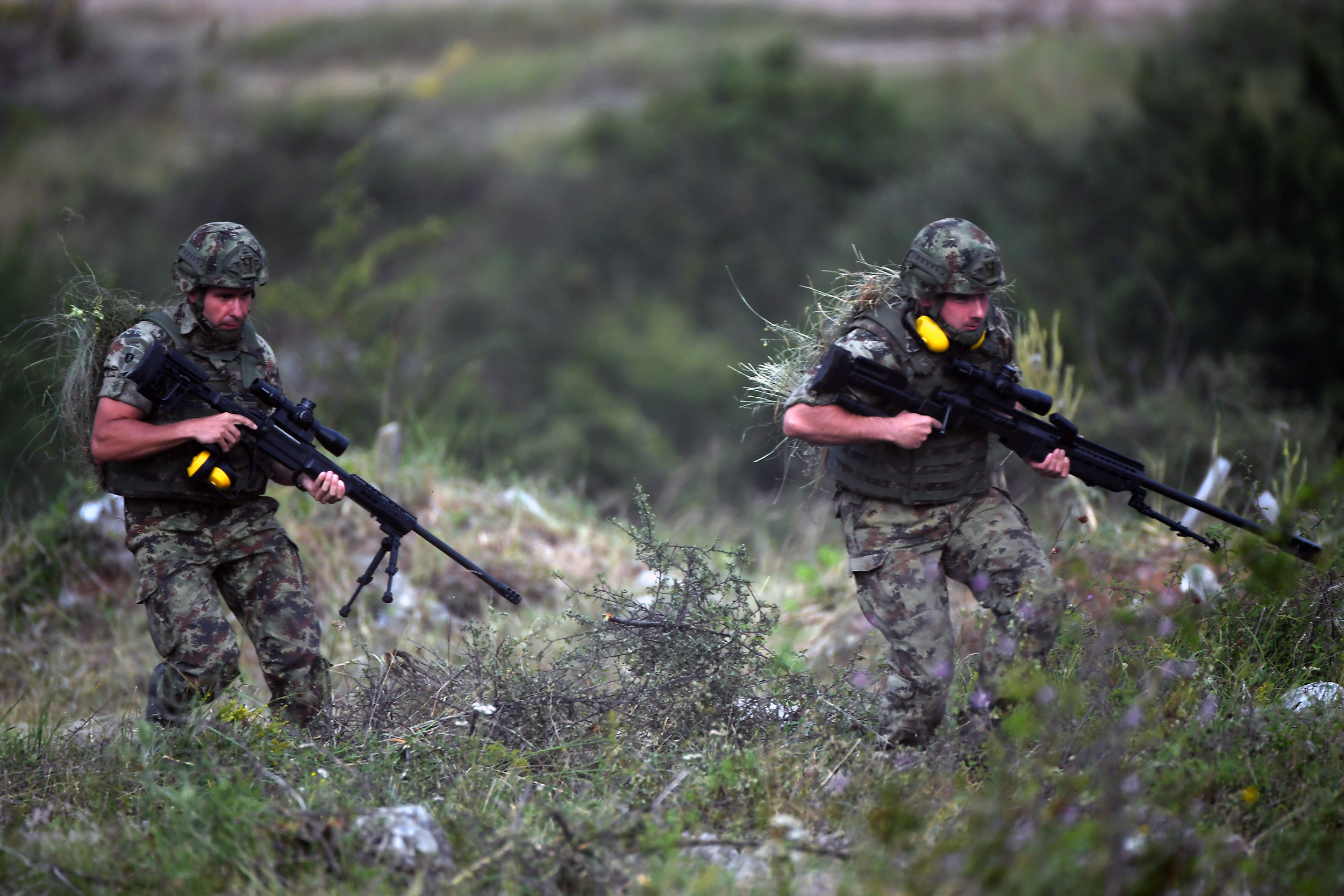 The modernization of the self-propelled howitzer has significantly accelerated the process of receiving and processing data, thus accelerating the initial calculation of firing data and increasing the firing speed three times, whereas the introduction of new types of ammunition has increased its range and the effectiveness of the shells.
The modernization of the self-propelled howitzer has significantly accelerated the process of receiving and processing data, thus accelerating the initial calculation of firing data and increasing the firing speed three times, whereas the introduction of new types of ammunition has increased its range and the effectiveness of the shells.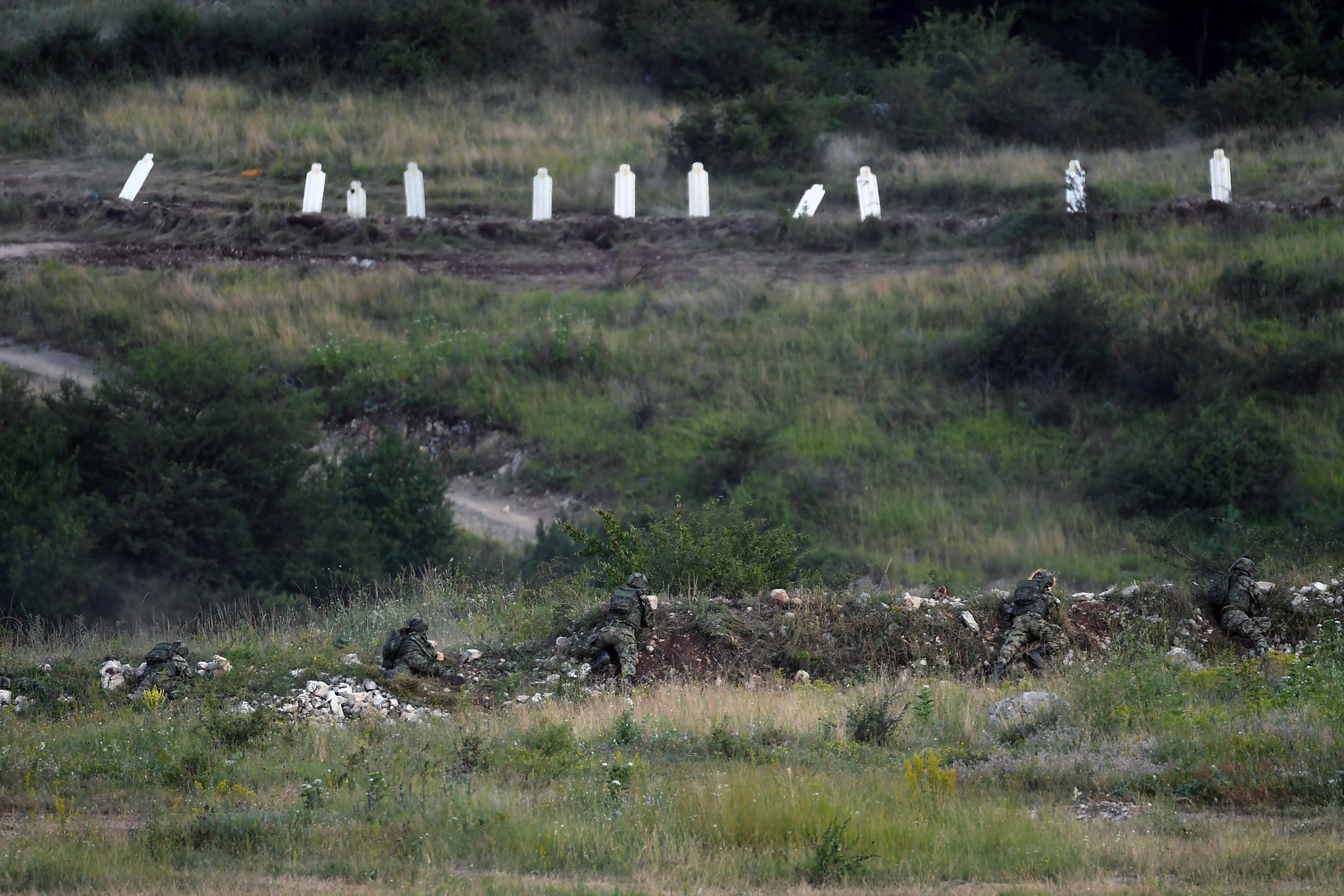 The platoon of modernized 128mm Oganj self-propelled multiple rocket launchers also fired. The modernization of the digitized 128mm M-17 self-propelled multiple rocket launchers has considerably reduced the initial firing data calculation time, thus increasing the speed of response, and the introduction of new types of missiles has increased the range and effectiveness.
The platoon of modernized 128mm Oganj self-propelled multiple rocket launchers also fired. The modernization of the digitized 128mm M-17 self-propelled multiple rocket launchers has considerably reduced the initial firing data calculation time, thus increasing the speed of response, and the introduction of new types of missiles has increased the range and effectiveness.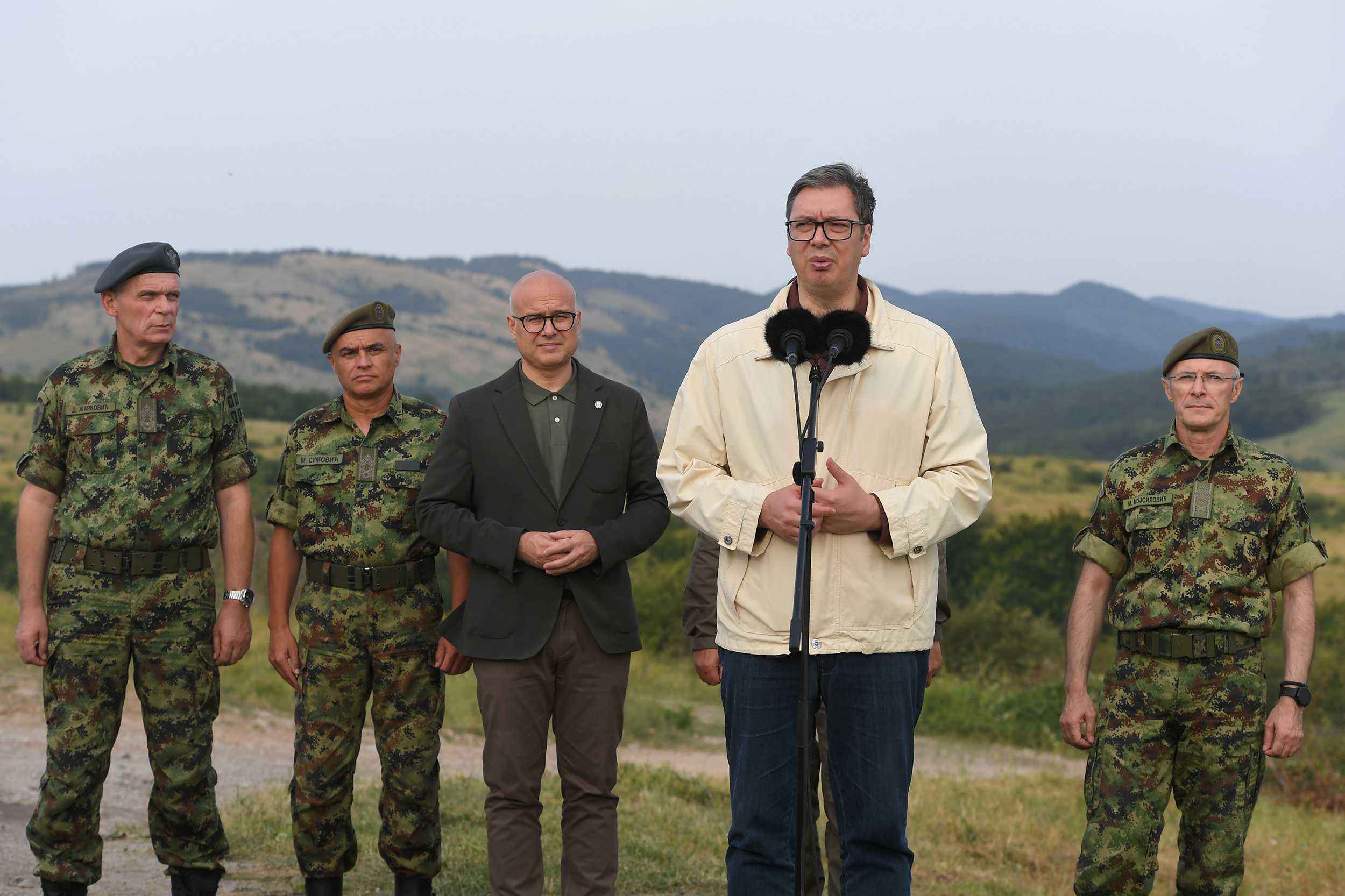 Next, firing was conducted from Lazar-3 armoured personnel carriers, BOV modernized infantry fighting vehicles and MRAPs. After taking firing positions, they started firing at transient and immobile targets while stationary, using collective weapons, 12.7 mm machine guns and 20 and 30 mm automatic cannons.
Next, firing was conducted from Lazar-3 armoured personnel carriers, BOV modernized infantry fighting vehicles and MRAPs. After taking firing positions, they started firing at transient and immobile targets while stationary, using collective weapons, 12.7 mm machine guns and 20 and 30 mm automatic cannons.Following this, crews disembarked, took up firing positions and fired using 6.5/7.62mm modular rifles, 7.62mm M91 semi-automatic sniper rifles and 7.62mm M84M machine guns. The planned tests of the zero series of the modular rifle have been successfully completed and during this training, troop tests are being carried out.
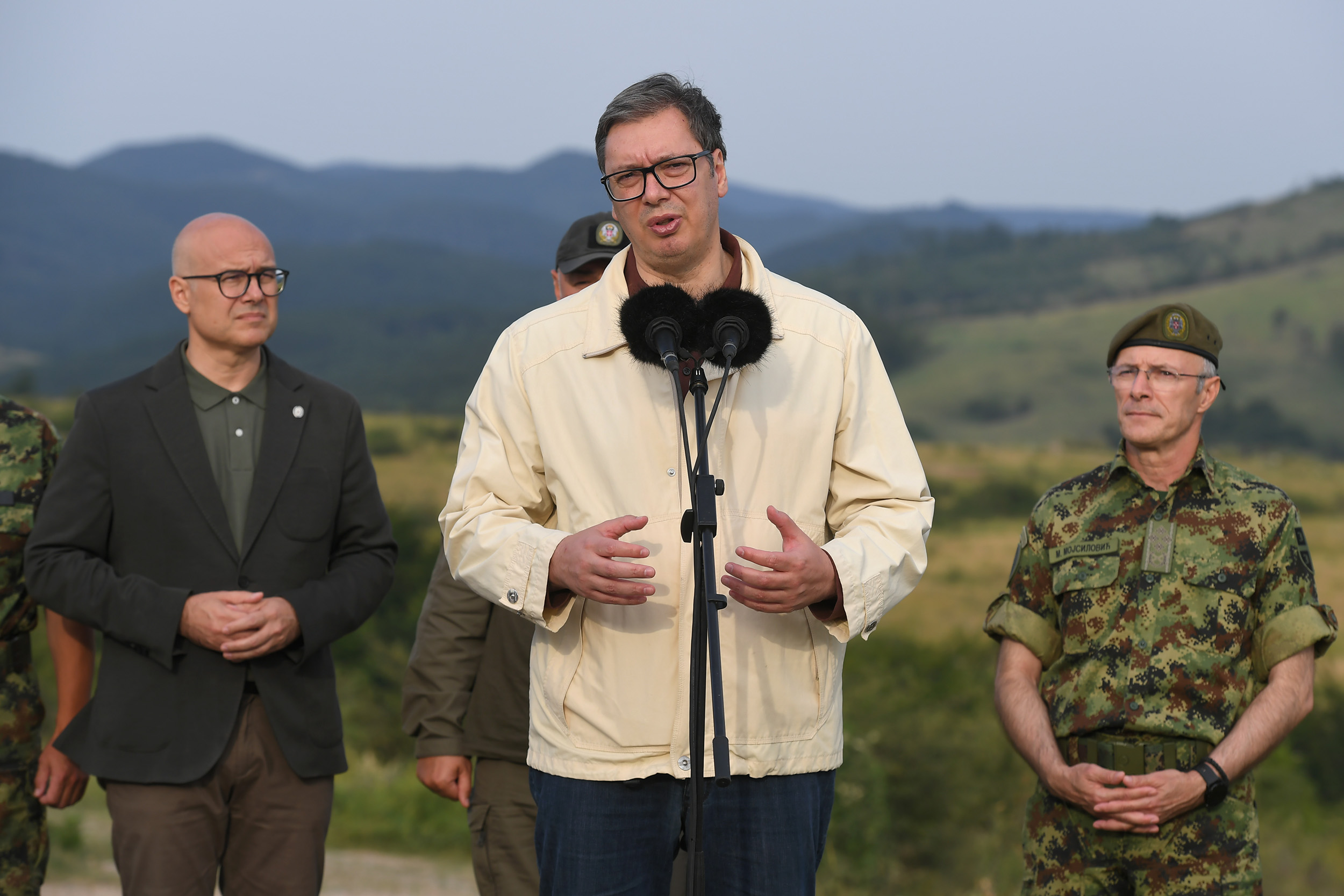 Today’s firing demonstration has confirmed that the members of our armed forces, primarily the infantry, are equipped with contemporary, new and modernized equipment and are well-trained to use and operate said equipment. By equipping the units with armoured combat vehicles and introducing them into the armament of the Serbian Armed Forces, the manoeuvrability, firepower, resilience and force protection have been significantly increased.
Today’s firing demonstration has confirmed that the members of our armed forces, primarily the infantry, are equipped with contemporary, new and modernized equipment and are well-trained to use and operate said equipment. By equipping the units with armoured combat vehicles and introducing them into the armament of the Serbian Armed Forces, the manoeuvrability, firepower, resilience and force protection have been significantly increased. PHOTOGALLERY
PHOTOGALLERY VIDEOGALLERY
VIDEOGALLERY
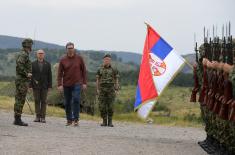
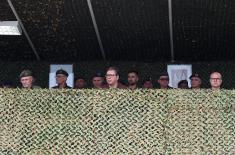
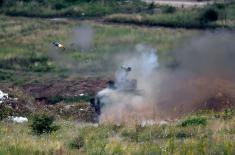
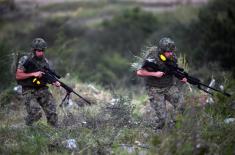
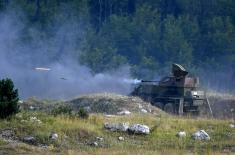
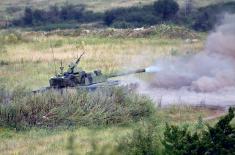
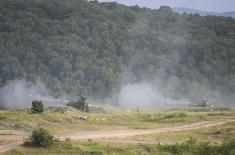
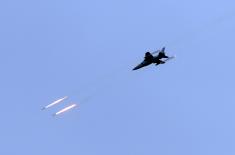
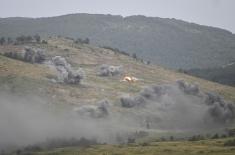
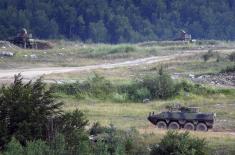
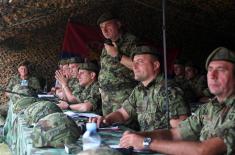
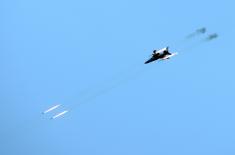
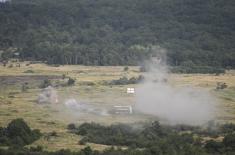
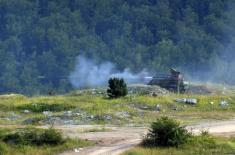
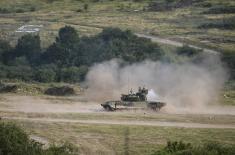
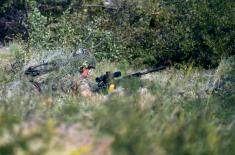
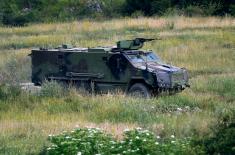
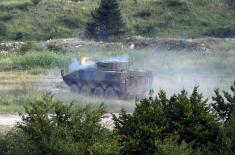
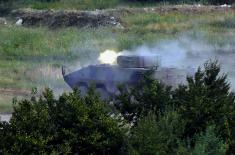
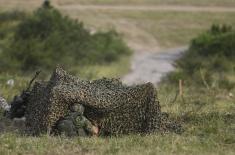
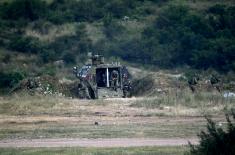
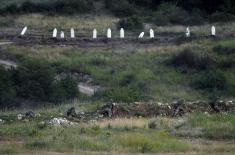
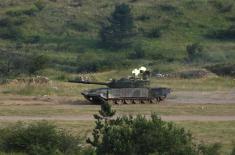
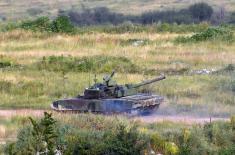
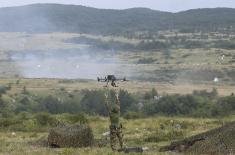
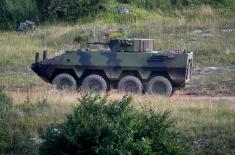
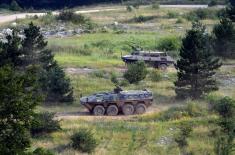
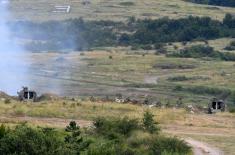
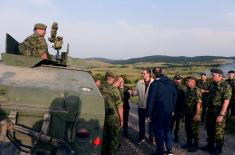
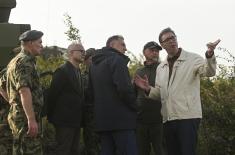
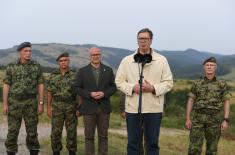
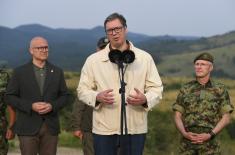
 mp4
mp4 